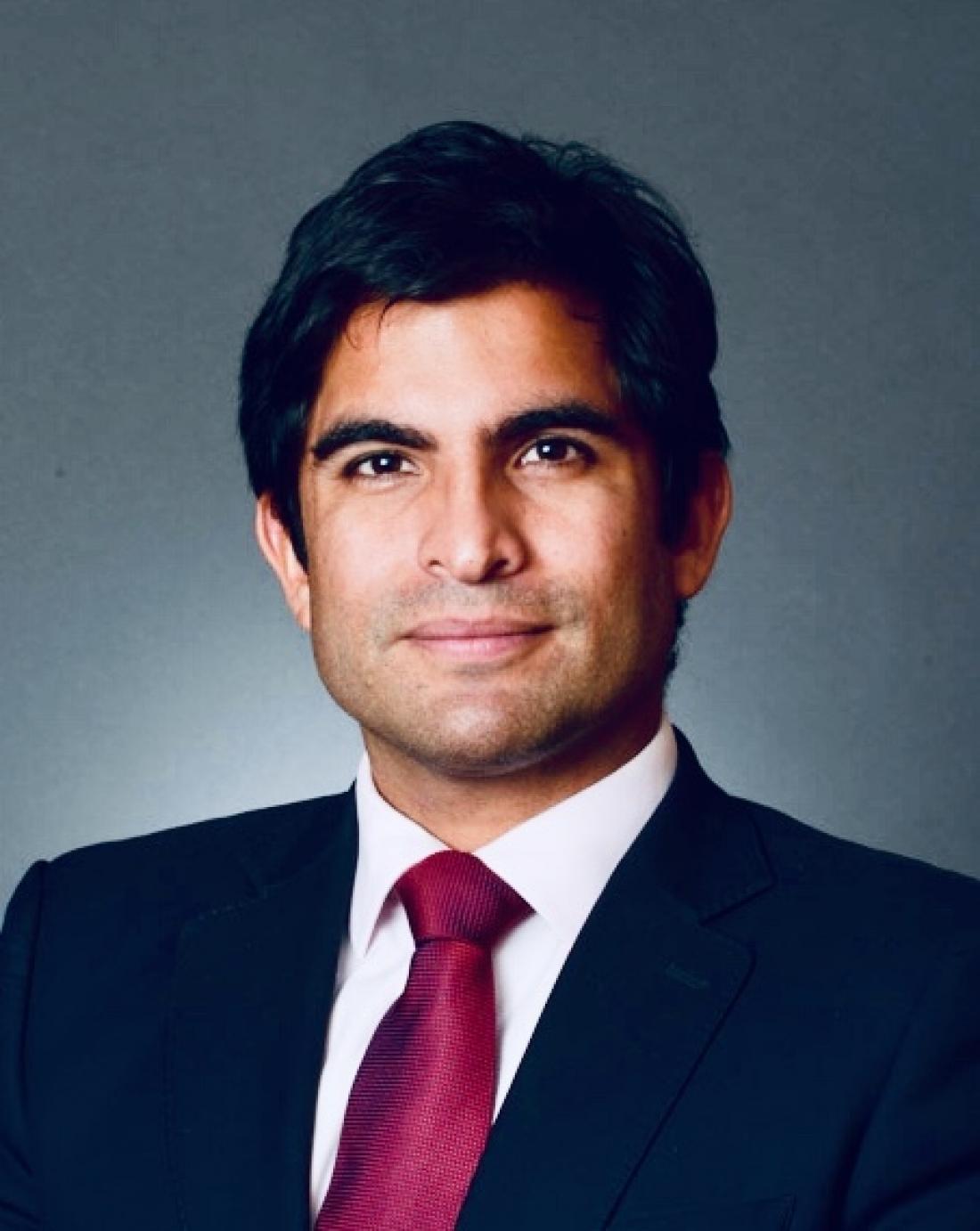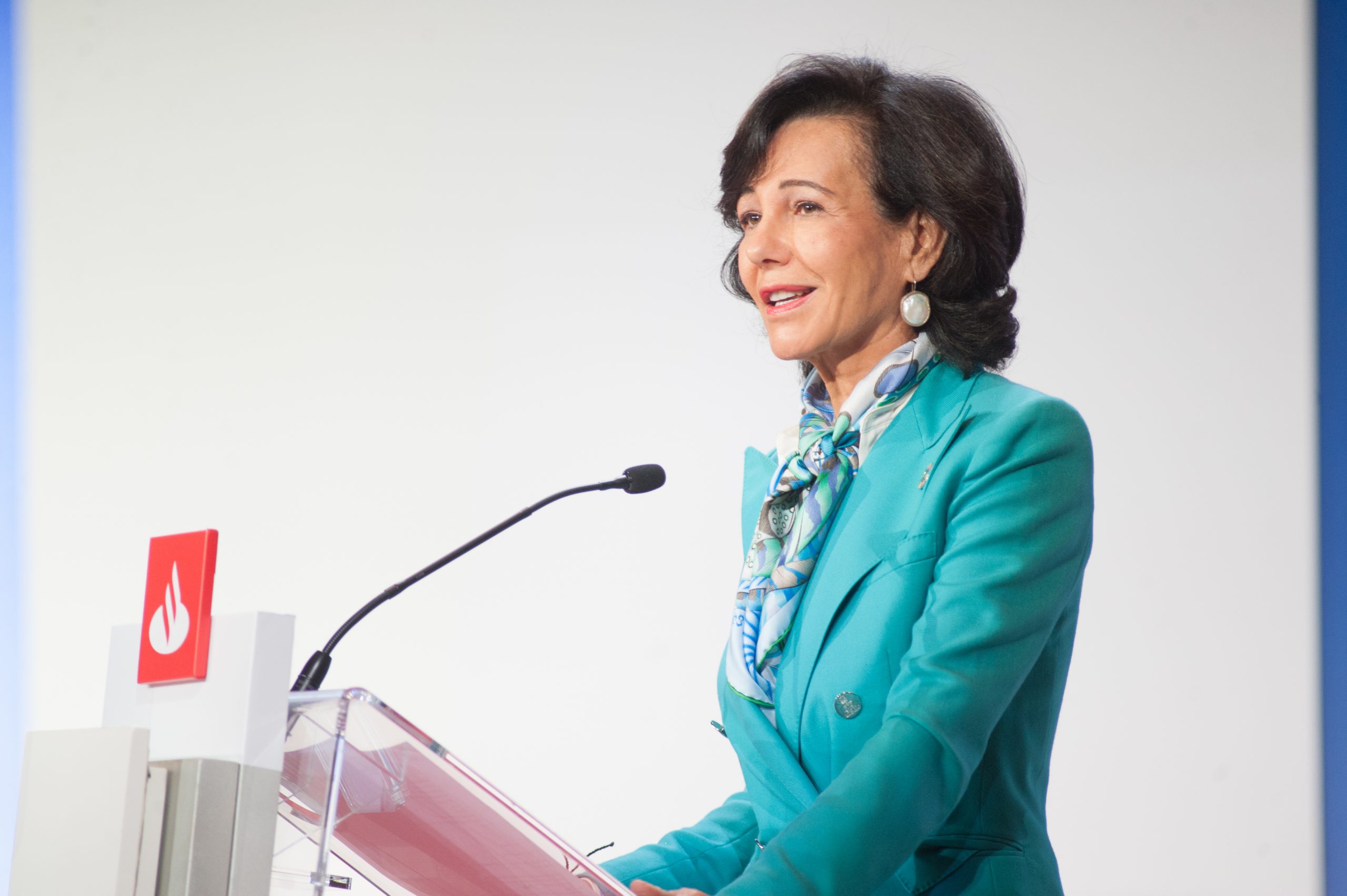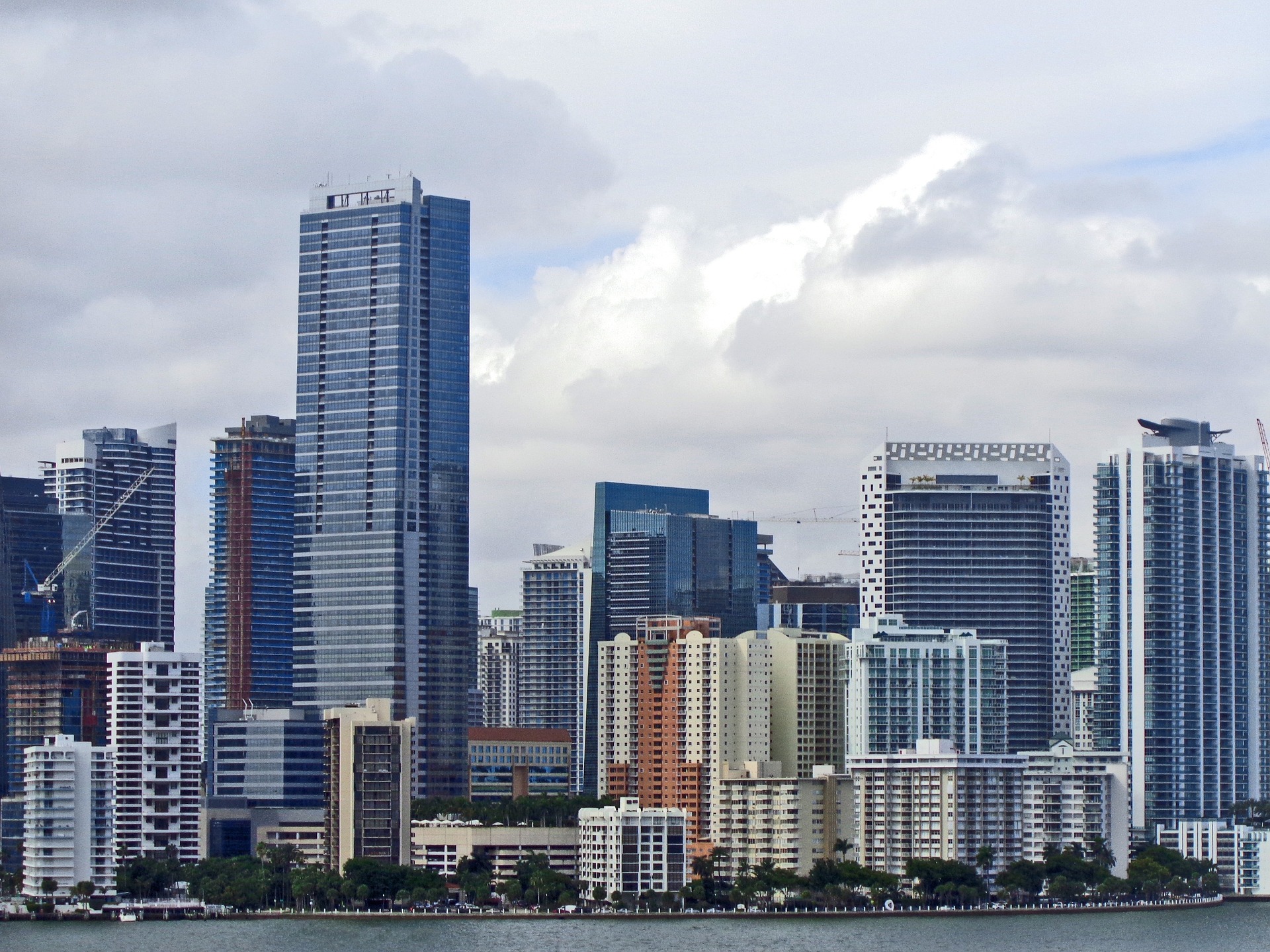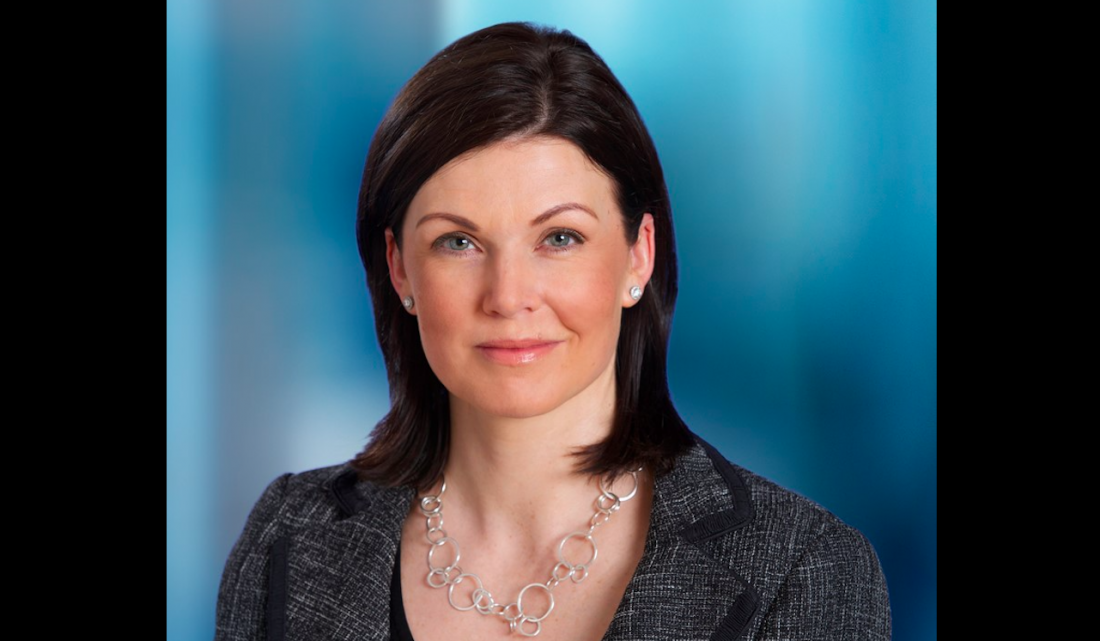Pictet Asset Management: COVID Second Wave Shines Favorable Light on Asia
| By Meritxell Sedo | 0 Comentarios
COVID-19’s second wave has left European governments scrambling to impose fresh restrictive measures to contain the rise in infections, raising fears that the continent’s economy will slide back into recession.
The euro zone purchasing managers’ surveys show that services activity, which accounts for around two-thirds of the bloc’s GDP, has contracted, while banks are tightening lending standards as they brace themselves for a rise in bad loans.
With the euro zone’s ground-breaking EUR 750 billion pandemic relief programme not expected to kick in until mid-next year, the region’s near-term prospects have become more uncertain.
Against this backdrop, Pictet Asset Management has downgraded their stance on European stocks to neutral from overweight.
In contrast, the outlook for Asian equities is brightening, thanks largely to China. China’s economic activity has almost fully recovered to pre-pandemic levels, with strong export demand driving the country’s manufacturing PMI to the highest level since January 2011.
While retail sales have lagged the strong recovery seen in other sectors, Pictet Asset Management believes there’s more room for private consumption levels to rise as the economy heads into 2021.
Therefore, Pictet Asset Management retains their overweight stance on emerging market stocks, and also upgrade Japanese equities to overweight. Given its exposure to international trade, the Japanese economy is especially well placed to benefit from Asia’s recovery.
The world’s third largest economy saw its real exports expand for four months in a row, while household spending is expected to pick up thanks to strong and well-coordinated fiscal and monetary stimulus.
What’s more, expectations for continued corporate reform under Prime Minister Yoshihide Suga and attractive valuation of Japanese firms will mean the country’s stocks are well placed to attract more inflows in the coming months. Another positive for Japan is that, much like its North Asian neighbors, the country is managing to control the Covid-19 virus better than Europe and the US.

Pictet Asset Management remains neutral US stocks, among the most expensive of the asset classes they invest in. They also stick to their underweight stance on UK, equities as the economy is facing a double whammy of a resurgence in Covid cases and the risk of a no-deal Brexit.
When it comes to sectors, Pictet Asset Management maintains their positive stance on materials and consumer discretionary stocks – both are attractively priced economically-sensitive sectors.
Among defensive sectors Pictet Asset Management prefers healthcare and consumer staples.
Pictet Asset Management remains neutral on IT stocks. Clouds are hanging over the prospects for US tech giants as there are growing calls for regulatory oversight of the sector. A16-month enquiry by a Congressional panel has concluded the companies wield monopoly power and stifle competition; it has proposed antitrust reform which could potentially see them break up.
Fixed income and currencies: China on the radar
As the mountain of negative-yielding debt grows, the attractions of local currency Chinese bonds hove into view.
The USD 14 trillion market, the world’s second largest, has seen record net inflows of RMB 300 billion in the first eight months of the year alone thanks to such bonds’ attractive yield, low volatility and diversification benefits.
Testifying to the asset class’ growing strategic importance, FTSE Russell followed other global bond benchmark providers to include Chinese government bonds in its flagship WGBI index from next year, a move that could trigger an estimated USD125 billion of inflows. What’s more, continued strength in the renminbi gives investors an additional source of return. The RMB is close to a 18-month high against the dollar and Pictet Asset Management expects the currency to appreciate further as Beijing increasingly opens up its capital market.
China’s 10-year bond trades at an attractive yield of 3.3 per cent and offers a record high spread of 250 basis points over US Treasuries.
Pictet Asset Management continues to express their preference for Chinese onshore bonds with an overweight stance in emerging local currency debt.
Pictet Asset Management also likes US Treasuries, which offer a reasonably priced way to hedge a diversified portfolio at a time when a worsening pandemic weighs on risky assets and elevate volatility. What is more, as the next figure shows, inflation is unlikely to undermine US government bond markets any time soon. Pictet Asset Management remains neutral on all other government bonds.

In credit, the only market in which Pictet Asset Management holds an overweight position is US investment grade bonds, where the US Federal Reserve’s bond buying continues to underpin prices. In contrast, Pictet Asset Management remains underweight US high yield debt as they believe valuations under-appreciate default risks. Moody’s expects US speculative grade default rates to rise to 9 per cent from the current 8.6 per cent, with issuers in advertising, printing and leisure sectors remaining particularly vulnerable.
In currency markets, Pictet Asset Management likes gold and the Swiss franc as safe-haven assets.
Want thought leadership insights from our investment experts? Signup
Information, opinions and estimates contained in this document reflect a judgment at the original date of publication and are subject to risks and uncertainties that could cause actual results to differ materially from those presented herein.
Important notes
This material is for distribution to professional investors only. However it is not intended for distribution to any person or entity who is a citizen or resident of any locality, state, country or other jurisdiction where such distribution, publication, or use would be contrary to law or regulation. Information used in the preparation of this document is based upon sources believed to be reliable, but no representation or warranty is given as to the accuracy or completeness of those sources. Any opinion, estimate or forecast may be changed at any time without prior warning. Investors should read the prospectus or offering memorandum before investing in any Pictet managed funds. Tax treatment depends on the individual circumstances of each investor and may be subject to change in the future. Past performance is not a guide to future performance. The value of investments and the income from them can fall as well as rise and is not guaranteed. You may not get back the amount originally invested.
This document has been issued in Switzerland by Pictet Asset Management SA and in the rest of the world by Pictet Asset Management Limited, which is authorised and regulated by the Financial Conduct Authority, and may not be reproduced or distributed, either in part or in full, without their prior authorisation.
For US investors, Shares sold in the United States or to US Persons will only be sold in private placements to accredited investors pursuant to exemptions from SEC registration under the Section 4(2) and Regulation D private placement exemptions under the 1933 Act and qualified clients as defined under the 1940 Act. The Shares of the Pictet funds have not been registered under the 1933 Act and may not, except in transactions which do not violate United States securities laws, be directly or indirectly offered or sold in the United States or to any US Person. The Management Fund Companies of the Pictet Group will not be registered under the 1940 Act.
Pictet Asset Management Inc. (Pictet AM Inc) is responsible for effecting solicitation in North America to promote the portfolio management services of Pictet Asset Management Limited (Pictet AM Ltd) and Pictet Asset Management SA (Pictet AM SA).
In Canada Pictet AM Inc is registered as Portfolio Managerr authorized to conduct marketing activities on behalf of Pictet AM Ltd and Pictet AM SA. In the USA, Pictet AM Inc. is registered as an SEC Investment Adviser and its activities are conducted in full compliance with the SEC rules applicable to the marketing of affiliate entities as prescribed in the Adviser Act of 1940 ref. 17CFR275.206(4)-3.









